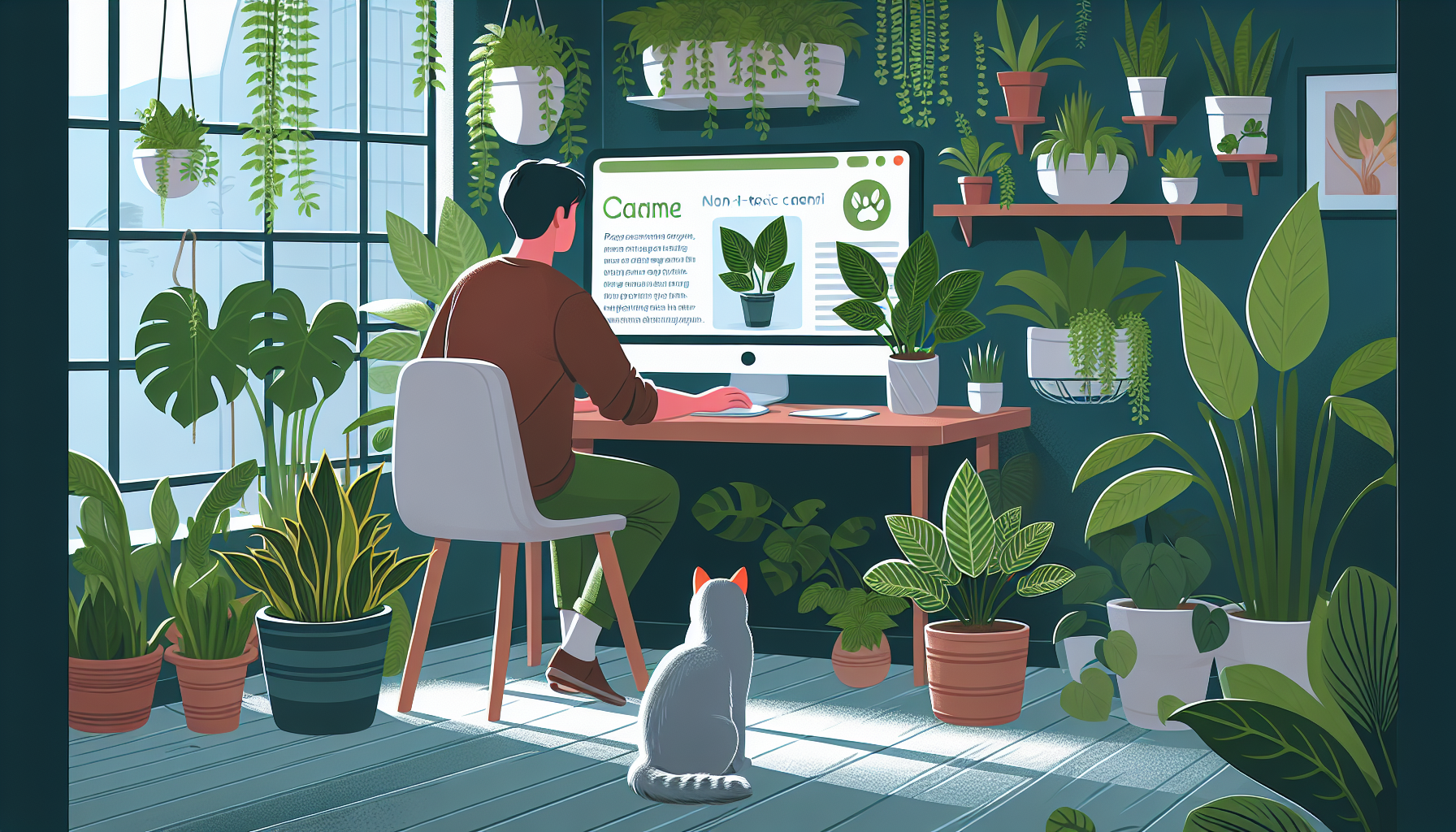
are calathea plants toxic to cats
Are Calathea Plants Toxic to Cats?
As a plant lover and a pet parent, ensuring the safety of your furry friends while maintaining a thriving indoor jungle can sometimes feel like a balancing act. If you’re considering adding a Calathea plant to your collection, you might be wondering: Are Calathea plants toxic to cats?
Good News: Calathea Plants Are Non-Toxic to Cats
Calathea plants, also known as "Prayer Plants," are completely safe for cats. According to the ASPCA’s list of toxic and non-toxic plants, Calathea species are non-toxic to cats, dogs, and even horses. This makes them an excellent choice for households with curious pets who love to nibble on greenery.
Unlike some popular houseplants that can cause mild to severe health issues if ingested, Calatheas pose no threat to your feline friends. However, it’s still a good idea to monitor your cat’s behavior around plants. While Calatheas are safe, excessive chewing can harm the plant itself or cause minor stomach upset in your cat due to the ingestion of plant material.
Why Choose Calathea Plants for a Pet-Friendly Home?
Calathea plants are not only safe for your pets but also incredibly beautiful. They’re known for their stunning foliage, which features intricate patterns, vibrant colors, and even a unique characteristic of folding their leaves at night. Their low-light tolerance makes them ideal for indoor spaces, and they can instantly brighten up any corner of your home.
Additionally, Calatheas are excellent for improving indoor air quality. They absorb carbon dioxide and release oxygen, helping to create a healthier living environment for both you and your pets.
Tips for Caring for Your Calathea Plant
To keep your Calathea thriving, follow these care tips:
- Light: Place your Calathea in a spot with bright, indirect light. Direct sunlight can scorch its leaves.
- Water: Keep the soil consistently moist but not soggy. These plants prefer distilled or filtered water to avoid damage from minerals in tap water.
- Humidity: Calatheas thrive in high humidity. Consider using a humidifier or misting the leaves regularly.
- Temperature: Maintain a warm environment between 65-80°F (18-27°C). Avoid placing your plant near drafts or air conditioning vents.
What to Do If Your Cat Eats a Calathea Plant
Even though Calathea plants are non-toxic, it’s always wise to monitor your cat if they decide to take a bite. Look out for minor symptoms like mild vomiting or diarrhea, which can occur simply because cats aren’t built to digest plant material efficiently. If symptoms persist, consult your veterinarian for advice.
Conclusion
Calathea plants are a perfect choice for pet owners who want to enjoy the beauty of houseplants without compromising their pet’s safety. Their non-toxic nature and low-maintenance care requirements make them a standout option for any home.
If you’re ready to add a Calathea to your collection, check out your local nursery or browse online plant shops for the perfect addition to your indoor space. Your cat (and your living room) will thank you!
For more pet-friendly plant tips, visit the ASPCA’s Pet Care Guide or explore our Pets & Plants category.